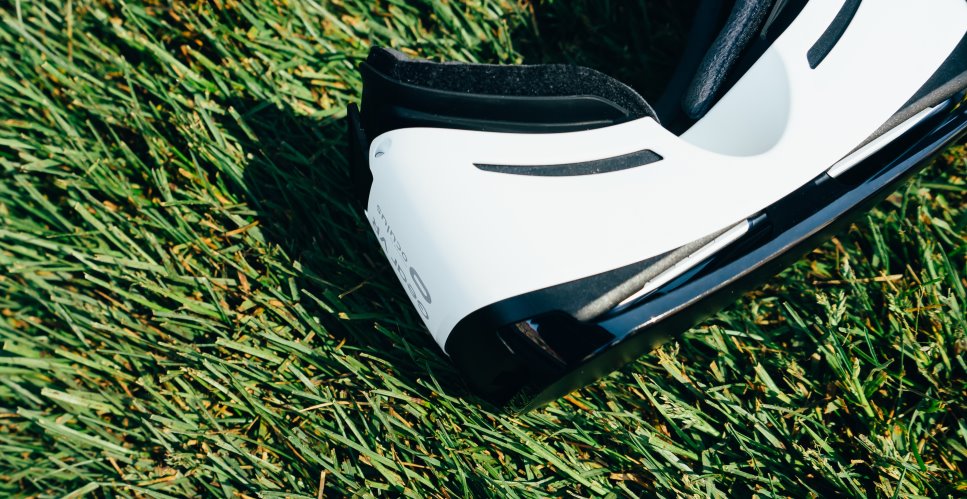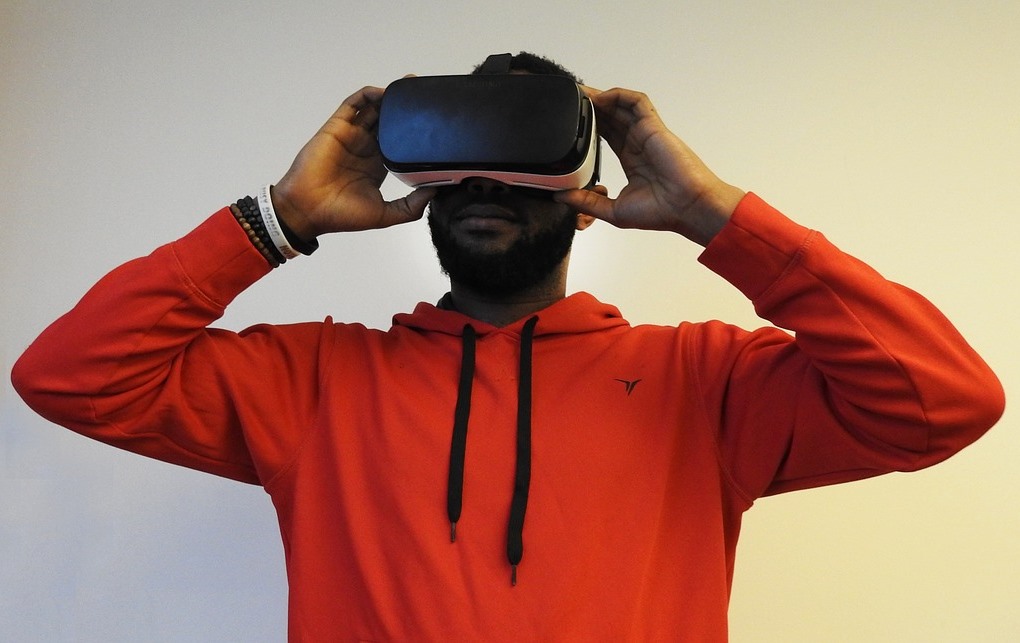Stationary bikes are serious machines that can help you burn thousands of calories and do a workout that will activate every part of your body. But such an exercise can be quite dull sometimes, in the same way as a treadmill.
Fortunately, new technologies can offer some fresh ideas, just like they do for other things we love – new filters for Instagram posts, bonuses such as 888sport welcome offer for online betting, etc. In this case, the idea is to bring virtual reality into fitness programs. Experts have combined indoor cycling with HiTech innovations and got some quite fascinating solutions. Imagine riding a fixed indoor bike, but with VR gears and a complete experience of the outside world? Honestly, everyone would rather pay for a program like this than for going to the gym.
But that’s not all. One interesting study finds that such workouts can be more beneficial, and even reduce pain to a certain degree.
Stationary Bikes Can Be Boring and Painful
With static bikes, you are stuck in one place, and nothing happens except your pedaling. Your only focus is on the movements that give you more time to think about how much miles you need to cross, or why the left ankle suddenly started to ache. Quite simply, there is no interaction. However, if you try to add some pretty great motion pictures, different landscapes, and sounds, you can turn this workout into an exciting play.

Study On Benefits of the VR Cycling Workouts
A recent study finds that VR cycling is not only more exciting, but it also can help patients to combat pain.
The University of Georgia wanted to test this theory. Their research included 94 adult persons whose task was to perform three phases of sprint cycling. Every phase lasted for 30 seconds, with a 4-minute rest time between each. The difference was that half of the people got VR headsets with dynamic landscapes, while the other half had only static bikes and a landscape image in front of them.
The first observation was that both groups experienced the same effect during cycling, which means that their pain, as well as the conditions they were in, did not affect their performance.
Furthermore, about 12 percent of individuals with VR headset described less fatigue of quadriceps in the second and the third stage. In contrast, people who looked at the static image did not feel such relief.

Virtual Reality As Potential Physical Therapy
The authors of this study began with the simple assumption that distractions can divert thoughts from pain. The success of the experiment is only the inception of revolutionary methods for treating pain. They believe that the introduction of virtual reality into fitness programs, coupled with physical therapy for chronic pain and recovery from injuries, can be really promising.

